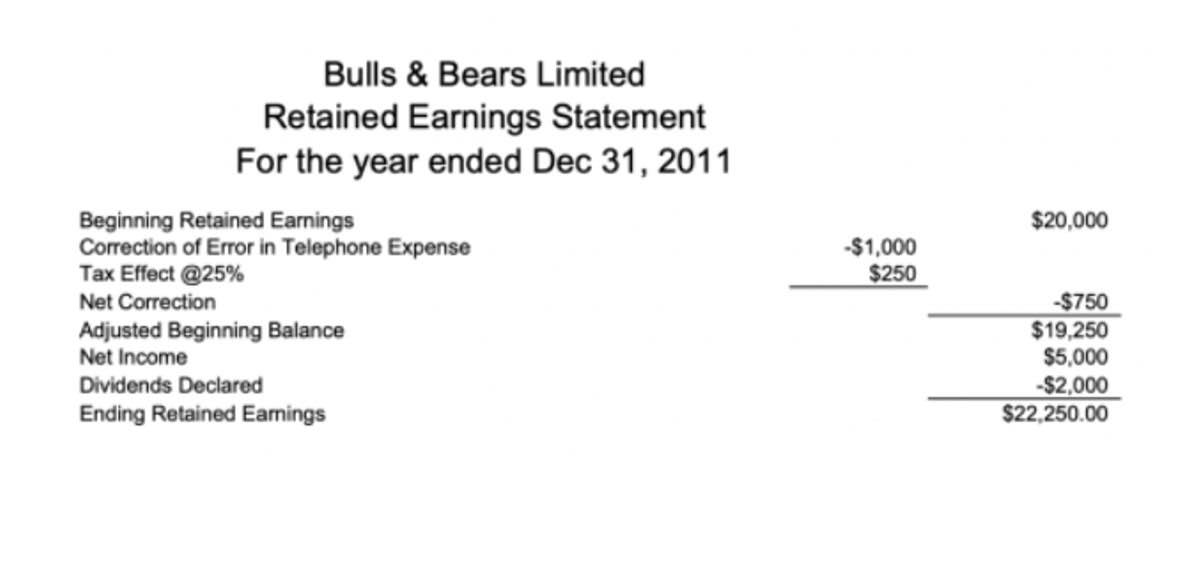
Here, we’ll explore the various application domains and provide insights to help you navigate the world of abbreviations effortlessly. Internet advertisers are familiar with CPM which is the cost per thousand impressions. Readers could easily interpret this as a $12 million loss, though the financial professional might mean $12,000.

a. Historical Background on Abbreviations
In press releases, annual reports, investment memos, and other communications, skilled writers leverage these sorts of shorthand techniques to achieve the optimal information density. Certain documents demand higher density to surface key figures, trends, and details. And “MM” contributes in this balancing act between brevity and precision.
- As you can see there is a heavy focus on financial modeling, finance, Excel, business valuation, budgeting/forecasting, PowerPoint presentations, accounting and business strategy.
- If you see “one quintillion,” you know that it’s a lot – and have spatial awareness of what it represents.
- Only use abbreviations on your resume when they are common and easily understood.
- This underscores the importance of context and clarity in financial documentation.
- As an adjective, a million represents something immeasurable, indefinite, or without number.
- It is commonly used in financial documents, accounting, and stock market where space is a concern.
Why is one million dollars abbreviated as $1MM instead of just $1M?

In certain formal situations, like legal contracts, prose is preferred to shorthand. This ensures mutual understanding with no room for uncertainty. But in internal communications and external business dealings, “MM” has become a de facto standard that seasoned professionals recognize instantly. It may seem obscure to outsiders at first, but the more financial documents you read, the more fluent in the shorthand what are retained earnings you become. The “MM” stands for “million” and is used to express large dollar amounts in millions concisely. This shorthand is very common in business, finance, investing, and other fields dealing with large numbers for purposes of efficiency and consistency.
- Merchants and bankers required a standardized way to represent large sums of money, leading to the adoption of “MM” to denote millions.
- The barred M was necessary because the Romans didn’t use zero, and they didn’t like using more than three identical letters in a row.
- Writing currency amounts in their full, long-form text is done for very formal documents like legal contracts, or to eliminate any ambiguity for readers.
- The correct representation for 1,000,000 in Roman numerals would be an M with a horizontal line drawn above it.
Don’t use low-impact abbreviations
In accounting and financial analysis terms, we know that reads as 92 thousand dollars, but the context allows us to understand the expression’s intent. This system has been organically optimized over decades of common business and financial use. “Thousands” as “k”, “millions” as “MM”, “billions” as “B” became the sweet spot to hit the brevity, clarity, and consistency trifecta. No Budgeting for Nonprofits need to reinvent the wheel when the existing conventions work and are deeply ingrained.

If it is in a science or mathematic context, 1m will always be acceptable because it creates less confusion and takes less time. In an english or essay setting, however, assuming you dont write out the entire word, 1 m will probably be more accepted for it counts as two words being seperated by a space. In accounting speak, a written “MM” means a million, mm meaning whether the accountant is referring to units, dollars, euros or shares. Rather than writing $400,000,000 or $400 million, the accountant can use the MM abbreviation and write $400MM instead. You have to be careful when using it or interpreting it because MM can stand for other things too. Unfortunately, there isn’t a consistent approach to labeling units.
